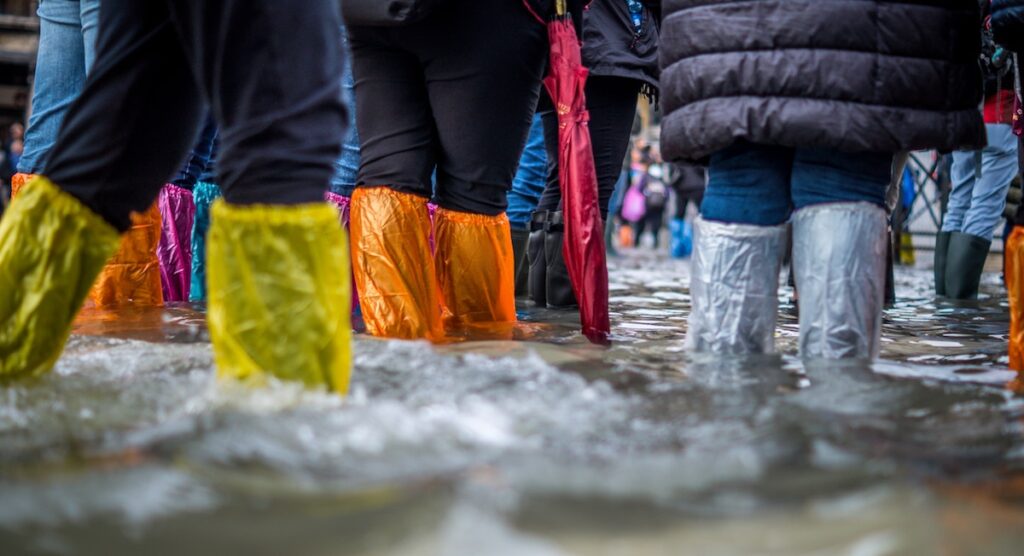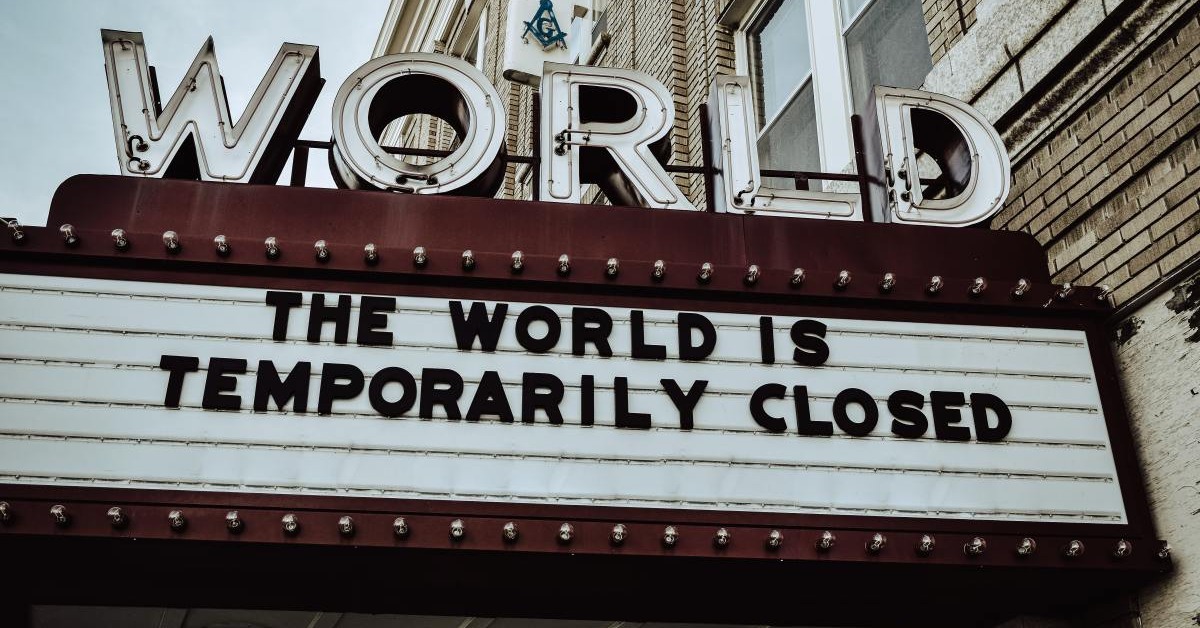
How to Become a Licensed Mental Health Social Worker
We explain the steps necessary to become a licensed mental [...]

“Many nurses who have provided disaster relief nursing care describe the experience as ‘exhausting,’ ‘draining’ and ‘overwhelming,’ but in the end, ‘very rewarding.'” So explains Susan Stelton—a disaster relief nurse who helped with post-earthquake relief in the Caribbean—in a post for American Nurse Today. Some nurses, she says, “have described their relief work experience as the most significant contribution they have made in their nursing careers.”
With the frequency and severity of disasters—particularly weather-related disasters—on the rise, disaster management nurses have more work than ever to do. They must utilize knowledge and skills to assist in all four phases of the disaster cycle: preparation, response, recovery, and mitigation.
If you need the comforts of home after a grueling day of work, this is not the job for you. If, however, you don’t mind challenging work conditions, want to help those desperately in need, and have a hankering to see the world in a way tourists definitely don’t, disaster management nursing may be the ticket.
In this guide on how to become a disaster management nurse, we’ll cover:
A disaster management nurse’s responsibilities can include:
These healthcare professionals go wherever they are needed, and may respond to both natural and human-caused emergencies, such as:
Though volunteers can come from anywhere, disaster management nurses are often public health nurses, who “play a critical role in coordinating and implementing any disaster response plan,” according to the Massachusetts Association of Public Health Nurses.
Though their job might sound like chaos, disaster management nurses have routine day-to-day tasks. A few of the job duties include:
While managing the daily tasks at hand is critical, disaster nurses should also focus on the big picture, according to the Association of Public Health Nurses. The APHN position paper “The Role of the Public Health Nurse in Disaster Preparedness, Response, and Recovery” identifies the following macro responsibilities:
Finding an actual job in disaster management nursing is harder than finding a volunteer position. According to its website, “90 percent of the work of the Red Cross is done by volunteers,” which includes nurses and nursing students.
If you are lucky enough to be employed by an organization that provides aid, the average annual salary for disaster relief nurses is $46,749, according to Ziprecruiter.
Those most likely to employ disaster management nurses include:
Nurses might also choose to volunteer, or may be assigned to a disaster relief organization by their local government, depending on need. These organizations include:
Every aspiring disaster management nurse must first obtain registered nurse (RN) licensure. At bare minimum, this requires an associate’s degree in nursing, though many employers prefer or require a Bachelor of Science in Nursing (BSN). Your must earn your degree from an accredited nursing program. You must also pass the National Council Licensure Examination (NCLEX-RN). Some states have further requirements (e.g., a criminal background check). Call your local board or visit its website for details.
You can earn the National Healthcare Disaster Certification (NHDP-BC), which tests basic competency, after accruing at least three years of experience with disaster response in a ten-year period.
The NHDP-BC is not only open to RNs. United States professionals with any of these credentials can apply:
Education requirements to become a disaster management nurse depend on the type of disaster nursing you want to do. Once you’ve become an RN, there is no further required education. That said, if you hope to advance to roles of greater responsibility and authority, you will likely need to continue your education.
Fortunately, there are graduate programs that focus on disaster response. Generally, these programs are completed after gaining industry experience. They typically take two years, though there are accelerated options.
You might consider earning a Master of Public Health (MPH) degree, which can open opportunities as a disaster preparedness coordinator.
Earning a Master of Science in Nursing (MSN), can also lead to a better job title and increased responsibility. With an MSN, you can become an advanced practice registered nurse. Some MSN programs even offer concentrations in disaster management:
There are no nationally required certifications for disaster management nurses. Here are some certification that employers might prefer (or, in some cases, require):
The Center for Disease Control offers a number of training courses that are disease- and situation-specific. They cover Ebola, Zika, radiation, etc.
As Susan Stelton points out in American Nurse Today, “There are as many reasons not to go as there are to go to the disaster area.” Things to consider include:
If you don’t find these impediments insurmountable, you have cleared one of the most significant hurdles to becoming a disaster management nurse. Now all you need is your RN license and a disaster to get started.
(Last Updated on February 26, 2024)
Questions or feedback? Email editor@noodle.com

We explain the steps necessary to become a licensed mental [...]

Frontline care workers confronted extreme conditions and heavy caseloads during [...]

As a community health worker, you have your pick of [...]
Categorized as: Advanced Practice Nursing, Nursing & Healthcare